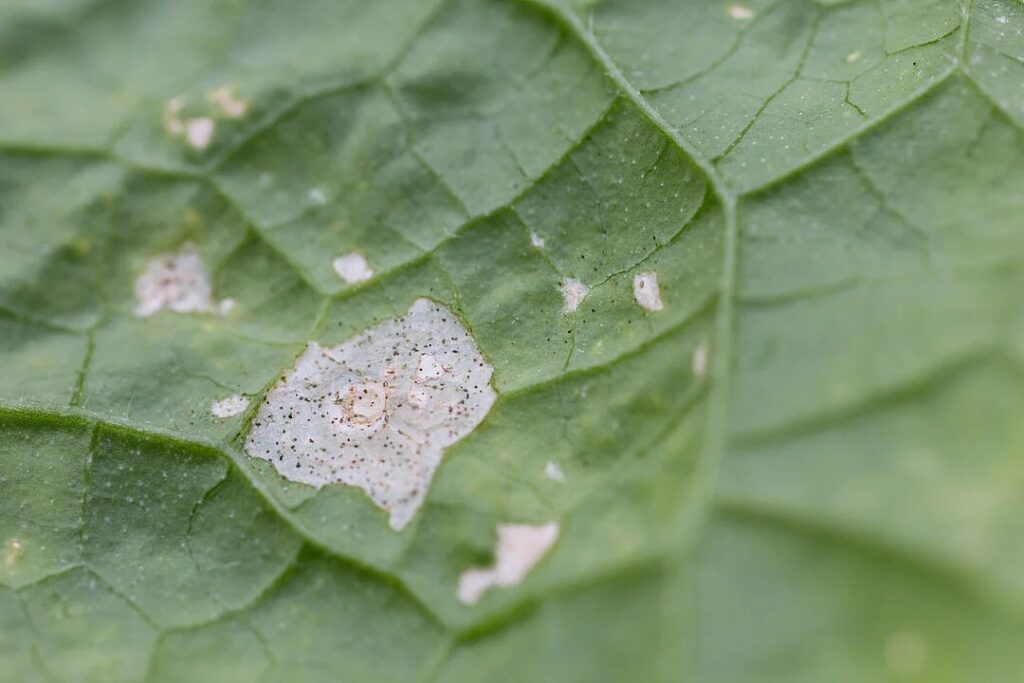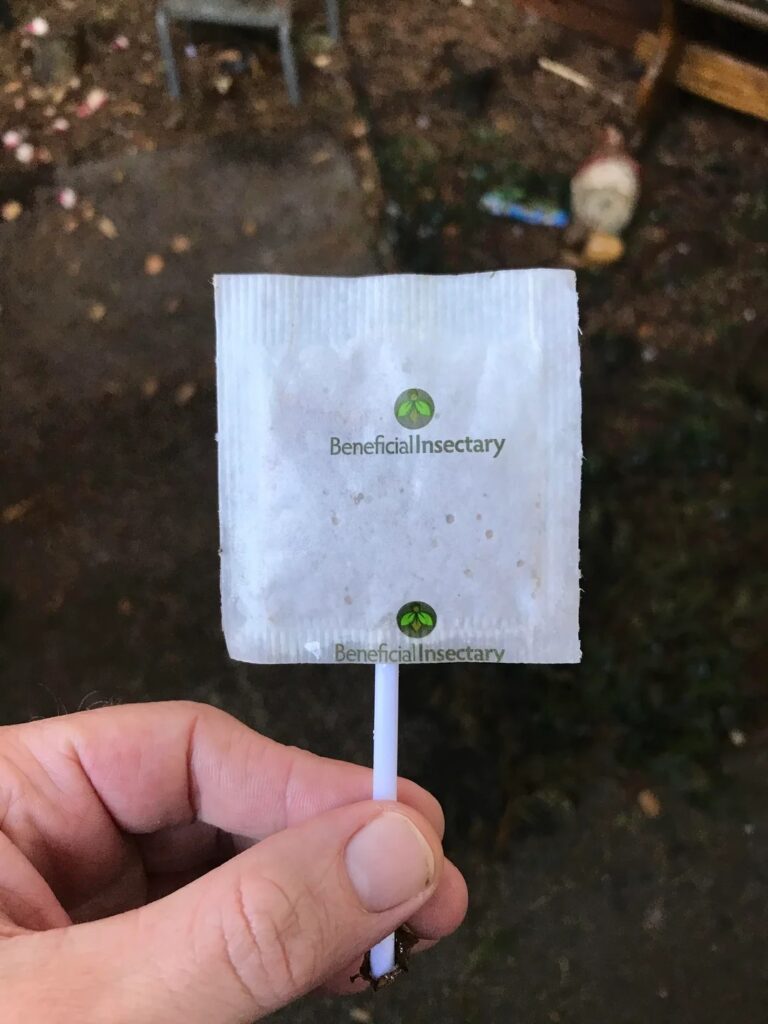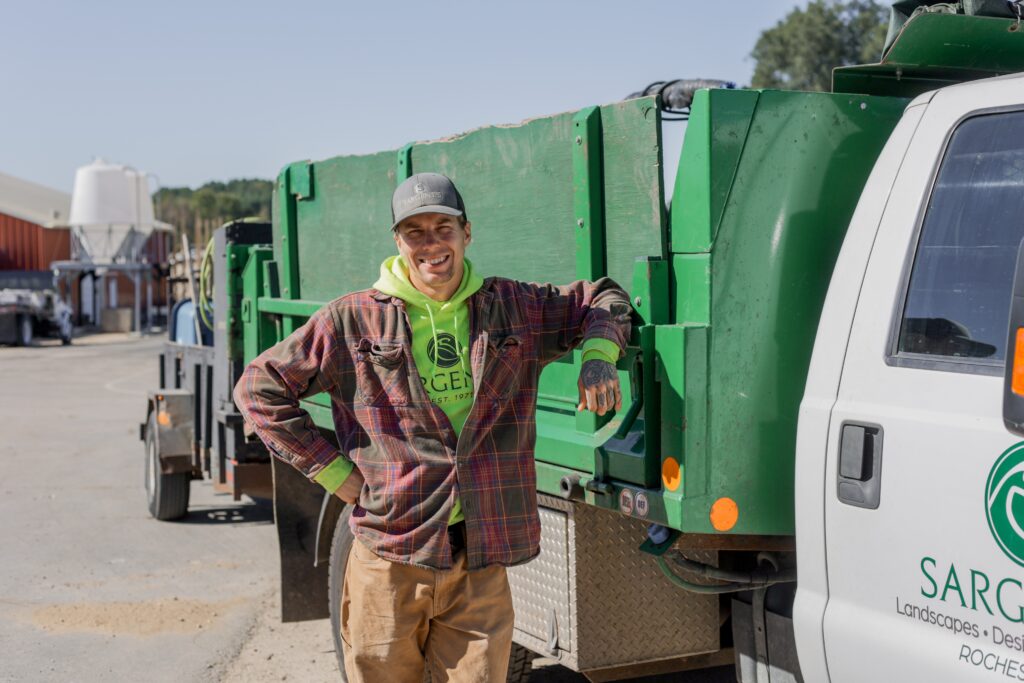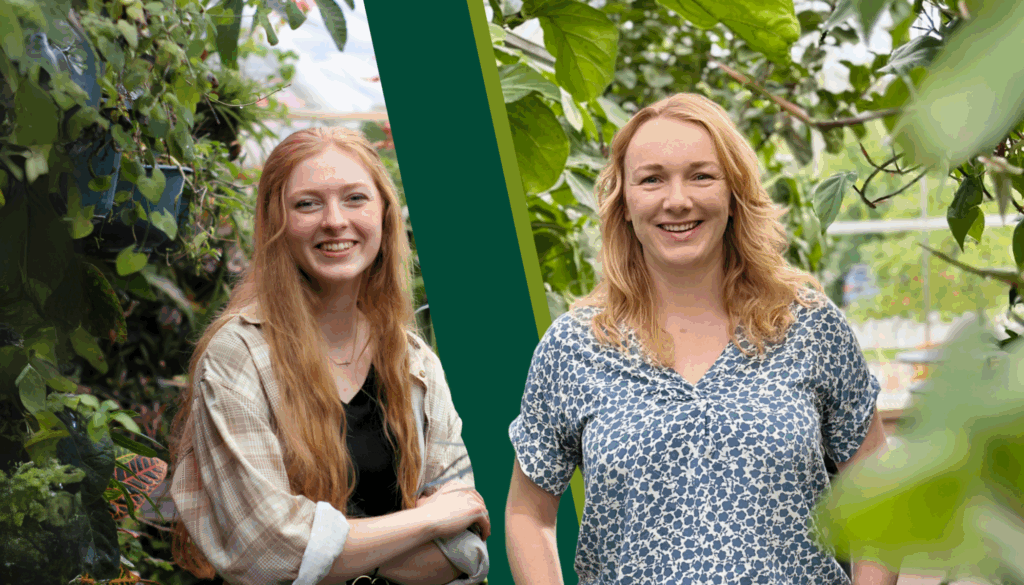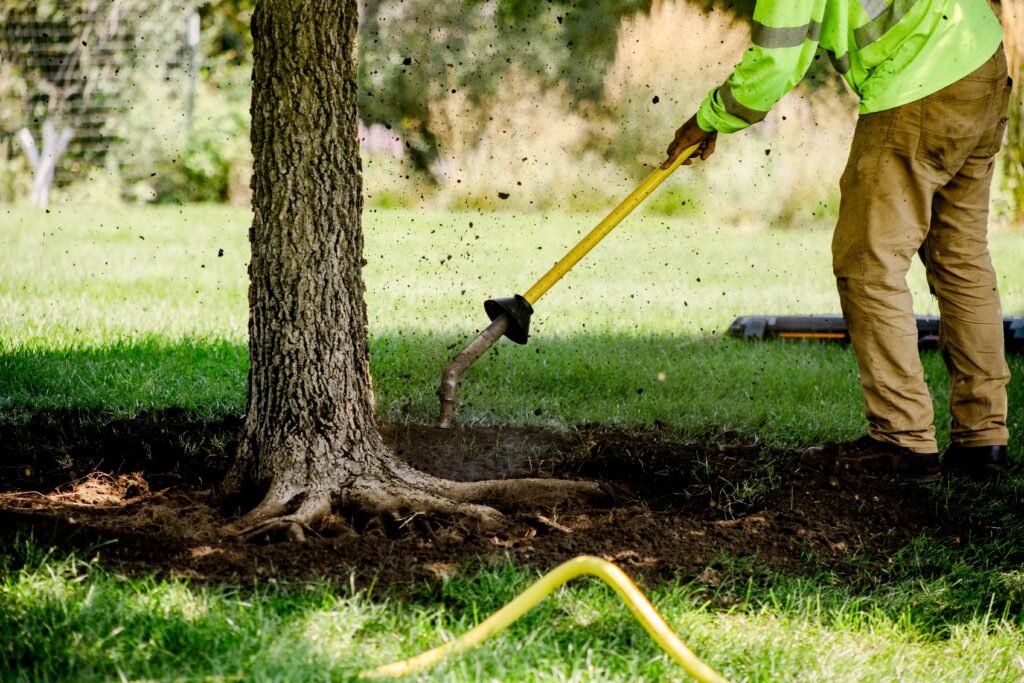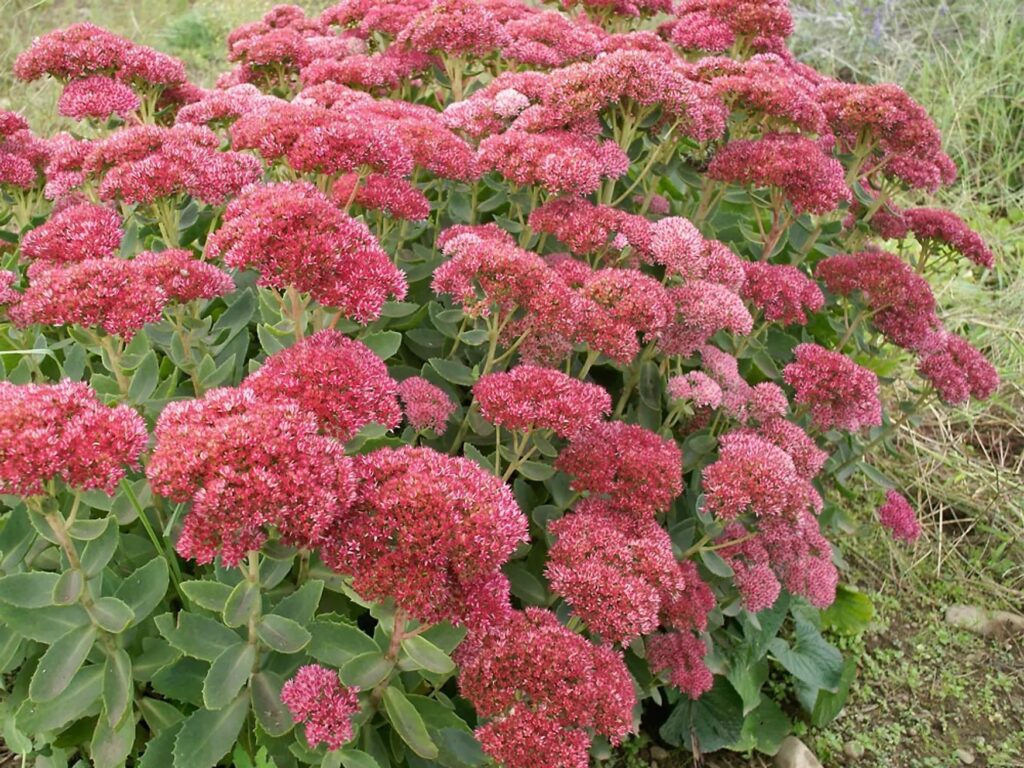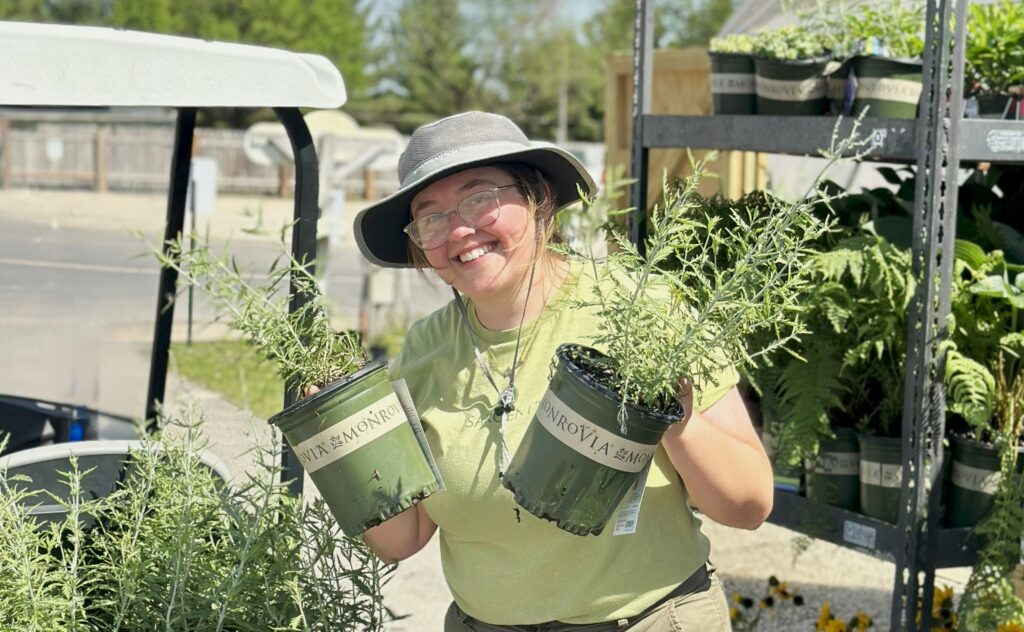At Sargent’s, we believe healthy plants start with a healthy greenhouse—and that means growing with nature, not fighting against it. One of the most effective, sustainable ways we protect our crops is by using beneficial insects instead of relying solely on chemical pesticides. These tiny allies help us manage pests naturally, so we can grow stronger, happier plants—and create a healthier environment for everyone who visits or brings our plants home.
Sachet Solutions: Cucumeris to the Rescue
If you peek into our production greenhouses, you might notice small paper sachets clipped onto hanging baskets and tucked among our plants. These are slow-release packets of Amblyseius cucumeris—a type of predatory mite we use to target one of the most frustrating pests in greenhouse production: thrips.
Thrips are tiny insects that damage leaves and flowers, often causing unsightly streaks and scars. Cucumeris mites feed on immature thrips, quietly and effectively keeping populations under control. By distributing these sachets early in the season, we get ahead of the problem—before pests have a chance to spread.
It’s an elegant solution: no spraying, no residue, just a small team of microscopic defenders working 24/7.
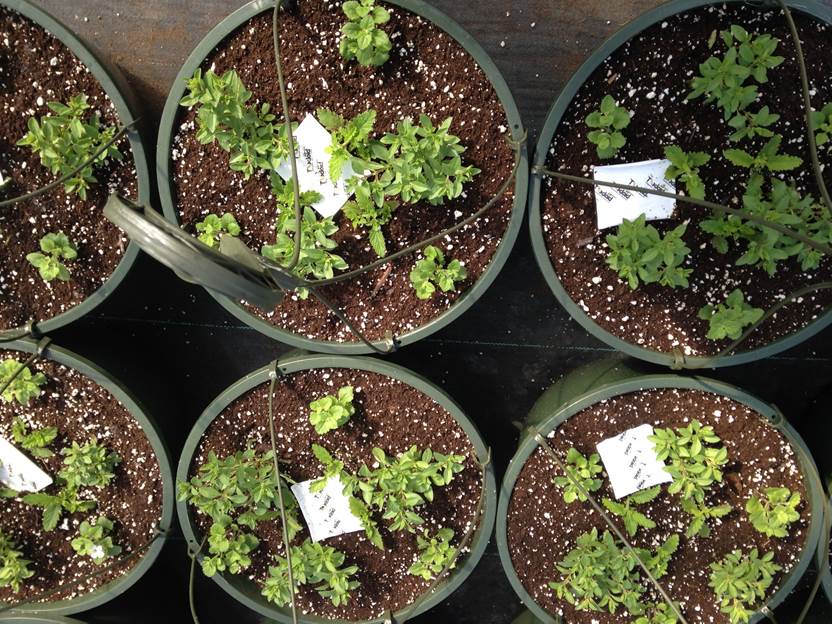
Fighting Fungus Gnats with Stratiolaelaps
Another greenhouse pest we deal with regularly is the fungus gnat. These tiny black flies may not look like much, but their larvae can do real damage to young plant roots, especially in moist growing media. Our solution? A soil-dwelling predatory mite known as Stratiolaelaps scimitus.
These mites live in the upper layers of soil, where they seek out and feed on fungus gnat larvae and other small soil pests. We introduce them early in the production cycle, especially in crops that stay damp. Once established, they form an underground defense system that helps protect plant roots without any disruption to growth or production.
Why We Love Working With
Beneficial Insects
Using beneficial insects like Cucumeris and Stratiolaelaps is part of our broader integrated pest management (IPM) approach. It means fewer chemical sprays, less disruption to plant growth, and more long-term balance in our greenhouses.
These natural methods aren’t just effective—they align with our values. We want to grow beautiful, resilient plants that are safe for our team, our customers, and the pollinators and wildlife that share our environment. Beneficial insects help us do just that.
Take a Closer Look
Next time you visit Sargent’s, know that the plants you see aren’t just well cared for—they’re part of a thoughtfully managed ecosystem, from the roots up. And yes, there may be a few bugs—but they’re the good kind.
Recent Blog Posts

